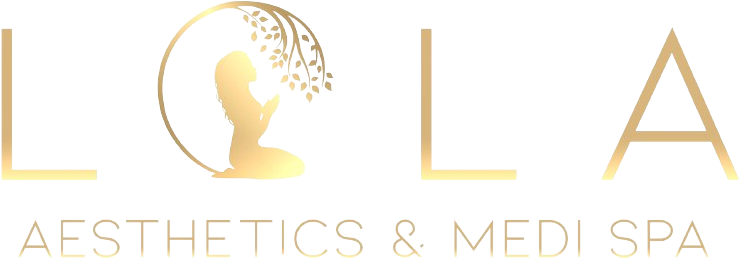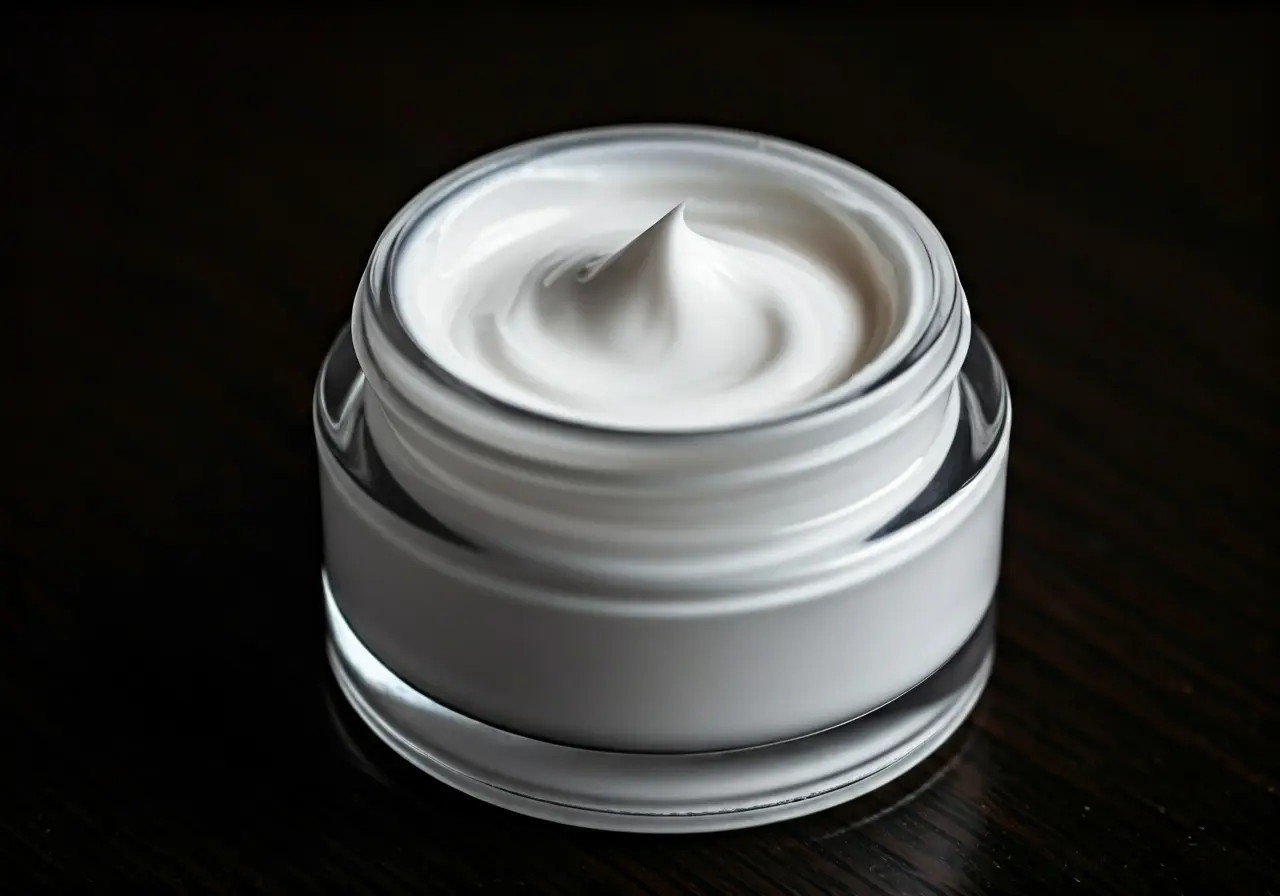In a world where maintaining youthful skin is a common pursuit, understanding the efficacy of anti-aging treatments for fine lines is crucial. This FAQ aims to explore how these treatments work, their effectiveness, and what you should consider before trying them.
What Causes Fine Lines?
Fine lines are typically the first sign of aging, caused by factors such as skin dehydration, loss of collagen, and repetitive facial expressions. Genetics and environmental factors like sun exposure also play significant roles.
As we age, our skin’s inherent ability to produce collagen and elastin gradually diminishes. This decline in production, combined with external aggressors like pollution and UV rays, can accelerate the formation of fine lines. Moreover, lifestyle choices such as smoking and a diet lacking antioxidants may contribute to their early appearance.
The impact of stress and lack of sleep on skin aging cannot be overlooked either. Chronic stress can lead to increased cortisol levels, affecting collagen production adversely. Similarly, inadequate sleep impedes the skin’s repair processes, making fine lines more prominent over time.
How Do Anti-Aging Treatments Work?
These treatments aim to reduce the appearance of fine lines by promoting collagen production, improving skin hydration, and enhancing skin elasticity. They often feature ingredients like retinoids, hyaluronic acid, and peptides.
Retinoids are among the most researched options for anti-aging. They work by accelerating skin cell turnover and stimulating collagen synthesis, which can help diminish fine lines over time. Used regularly, retinoid-based products can rejuvenate the skin, providing a smoother texture and more even tone.
Hyaluronic acid, another powerful ingredient, is known for its exceptional ability to retain moisture. By keeping the skin hydrated, it plumps up the skin surface, temporarily reducing the appearance of fine lines and making the skin look supple and youthful.
Peptides are smaller fragments of proteins that play a crucial role in skin repair. When applied topically, they can signal the skin to produce more collagen, helping to reinforce the skin structure and reduce fine lines.
What Are the Most Common Treatments Available?
Popular treatments include topical creams, laser therapies, chemical peels, and injectables like Botox. Each option varies in terms of invasiveness, cost, and longevity of results.
Laser therapies target the deeper layers of the skin to promote collagen and elastin production. These treatments, while more invasive than creams, offer long-lasting results and are suitable for those seeking significant improvements.
Chemical peels involve applying a solution to remove the skin’s outer layer, stimulating new skin growth. They can improve texture and tone, and reduce fine lines, with results that are more substantial than those from over-the-counter creams.
Injectables like Botox temporarily paralyze muscles to smooth out fine lines, especially on the forehead and around the eyes. While effective, maintaining results requires regular follow-up treatments.
How to Choose the Right Treatment for Your Skin Type?
Selecting the appropriate treatment requires an understanding of your skin type and concerns. Consulting with a dermatologist can help determine the most suitable approach, considering factors like skin sensitivity and desired outcomes.
For oily or acne-prone skin, non-comedogenic products or treatments that don’t clog pores are crucial. Those with sensitive skin should avoid aggressive treatments and opt for gentler options like microneedling with hyaluronic acid.
Darker skin tones may experience post-inflammatory hyperpigmentation with certain treatments. It’s important to consult with professionals, ensuring the chosen method is safe and effective for your specific needs.
What Are the Potential Side Effects?
While generally safe, treatments can cause side effects like redness, irritation, or more serious reactions depending on the individual’s skin and the treatment’s nature. It’s critical to be informed about potential risks before proceeding.
Specific treatments like chemical peels or laser therapies might result in temporary redness or increased sensitivity to the sun. Patients are often advised to apply sunscreen diligently and avoid prolonged sun exposure post-treatment.
For injectables, some may experience bruising or swelling at the injection site. Although rare, complications such as asymmetry or muscle weakness can occur. A thorough discussion with your dermatologist can help mitigate these risks.
Making Informed Choices for Your Skin
Navigating the world of anti-aging treatments for fine lines involves a careful consideration of various options and their potential outcomes. By understanding each treatment’s efficacy and what’s best for your skin type, you can make informed decisions. Always consult with a skincare professional to tailor treatments to your specific needs for optimal results.

